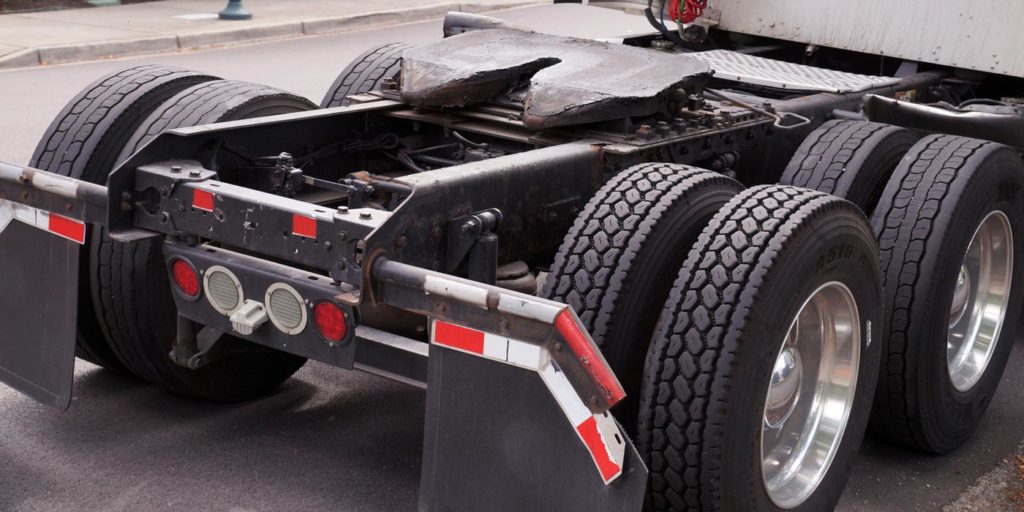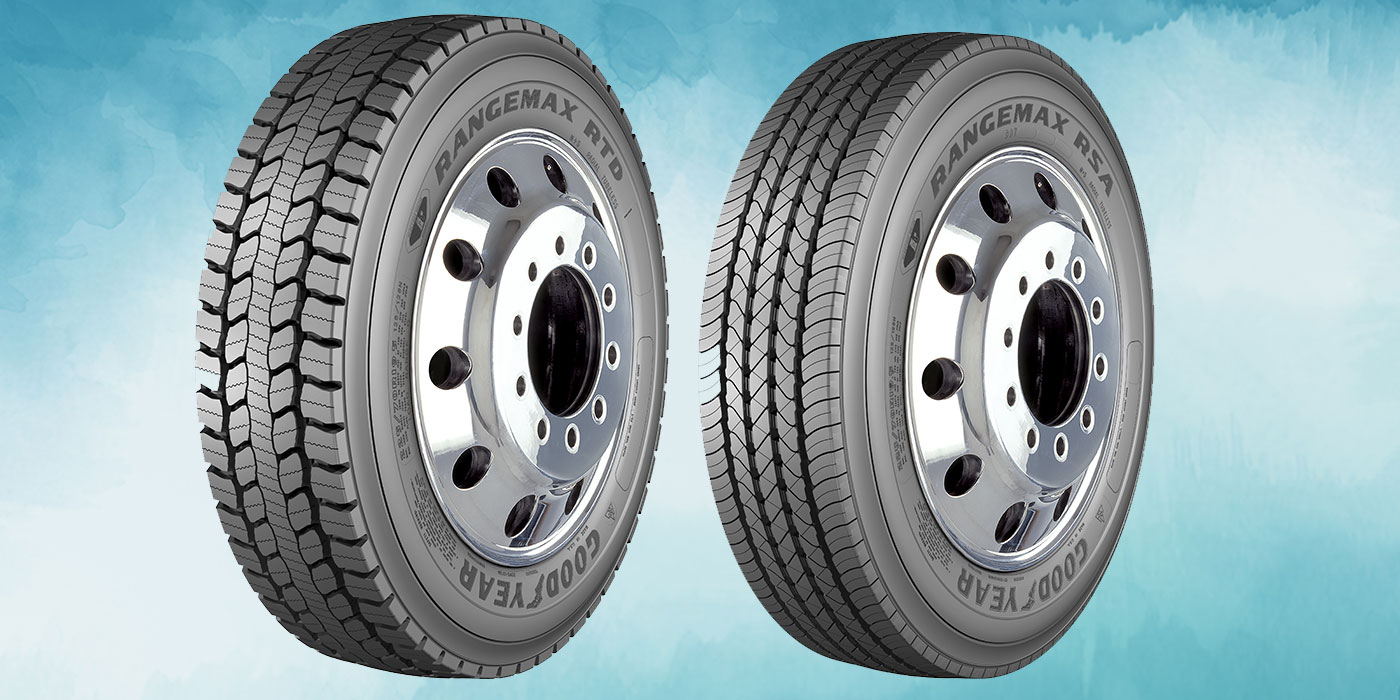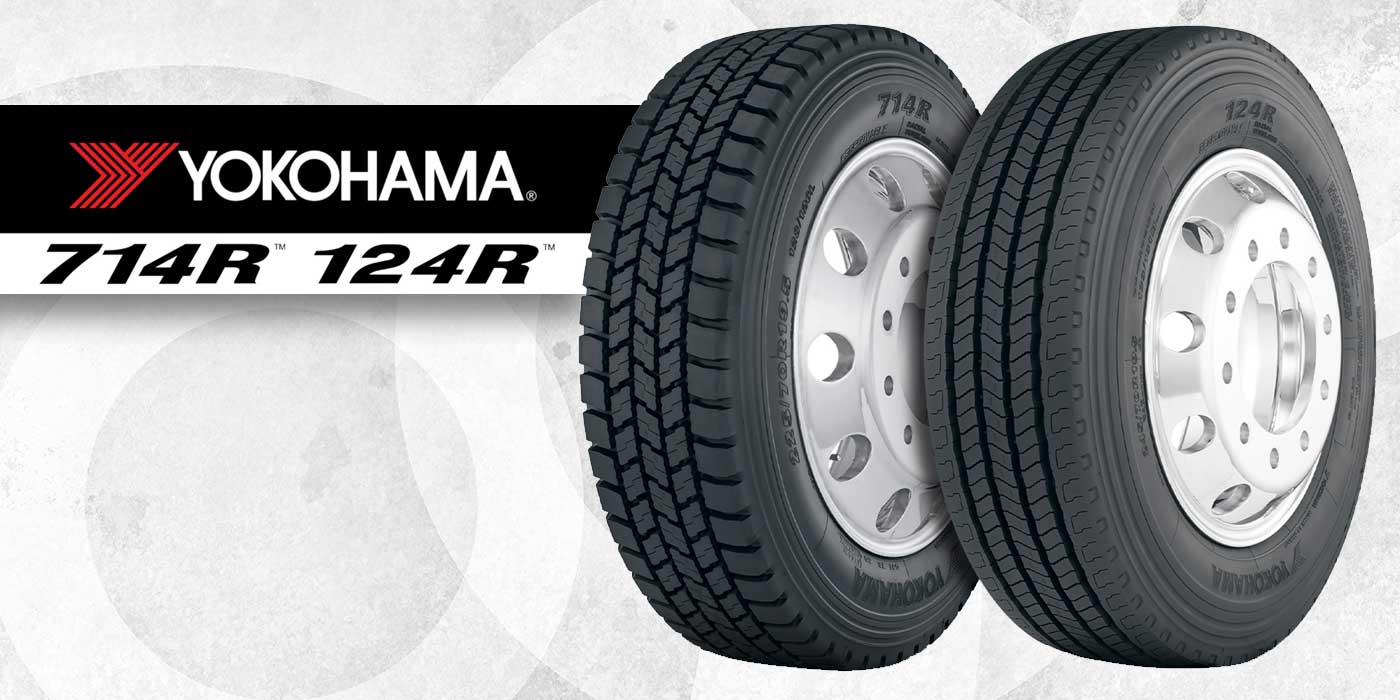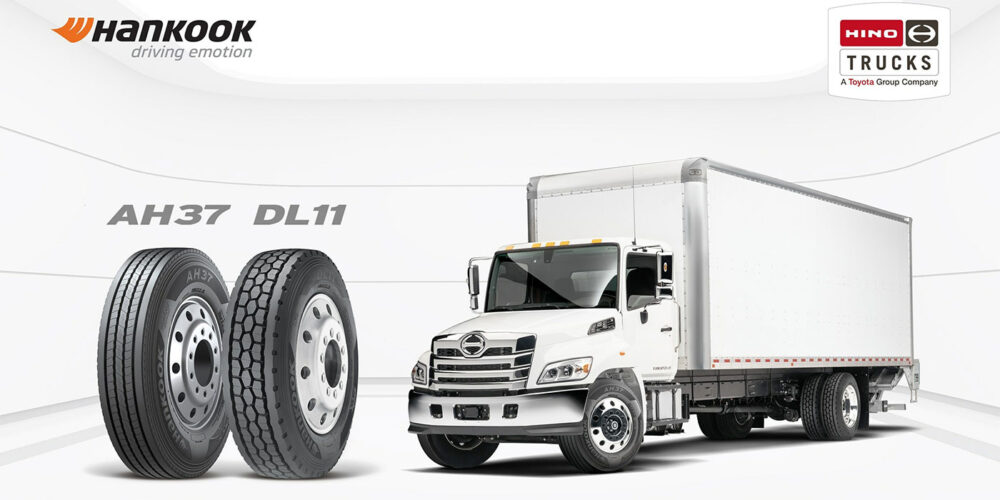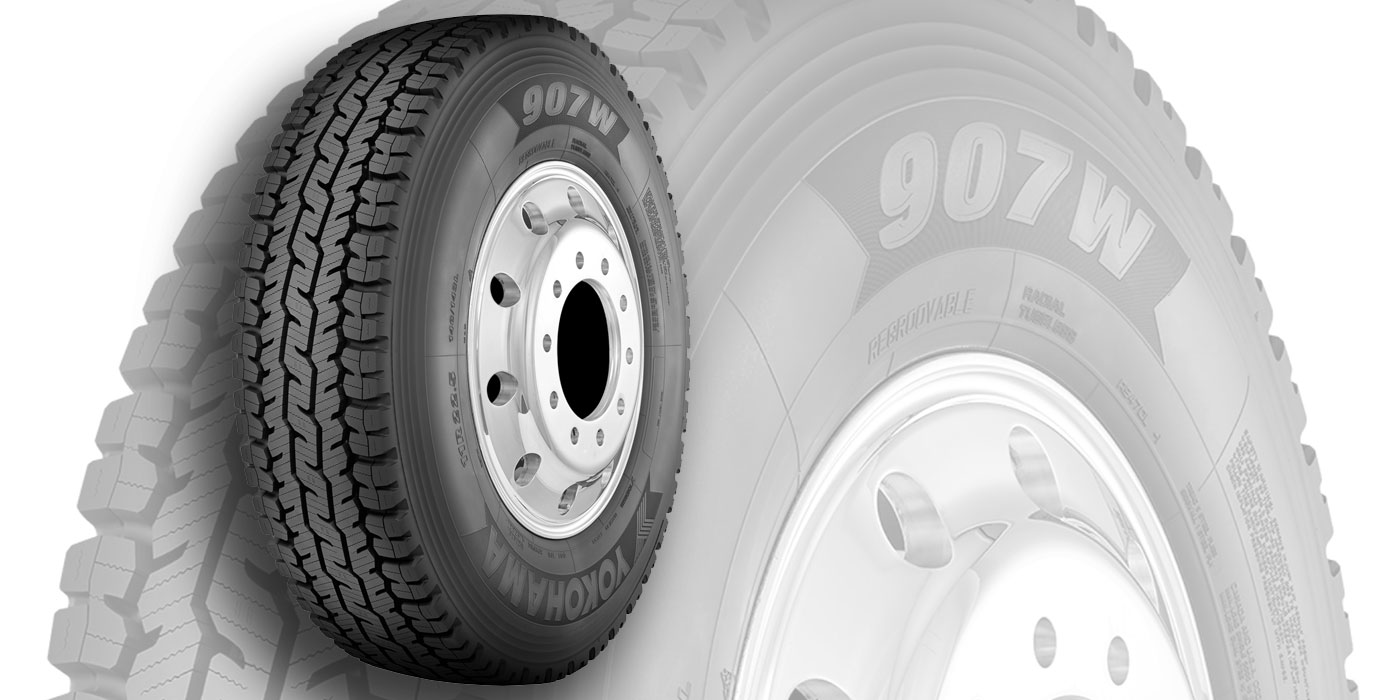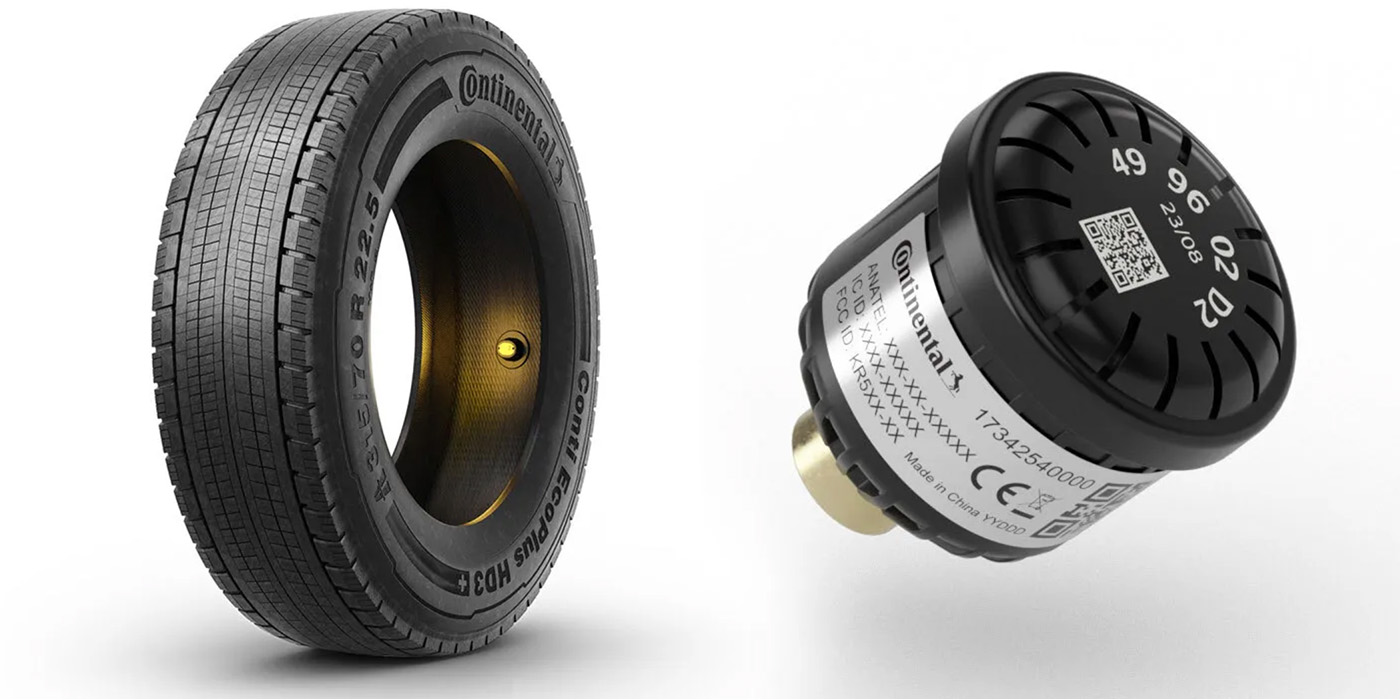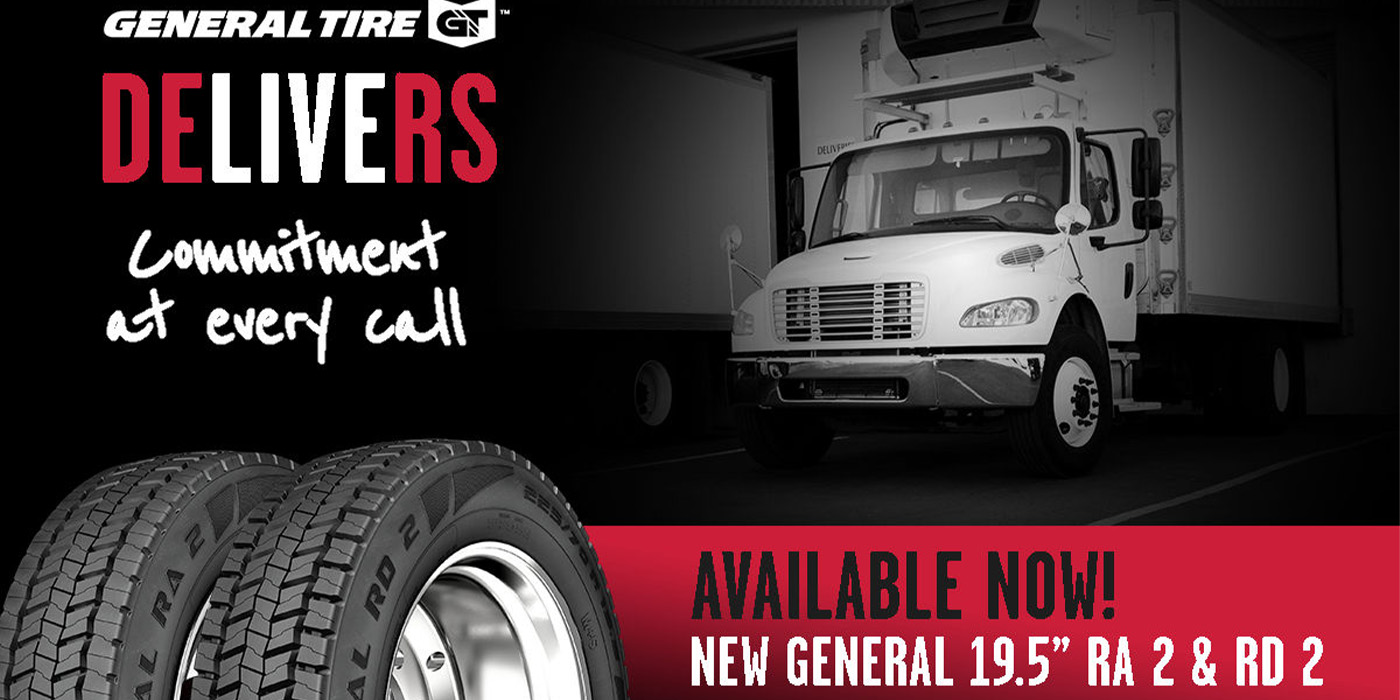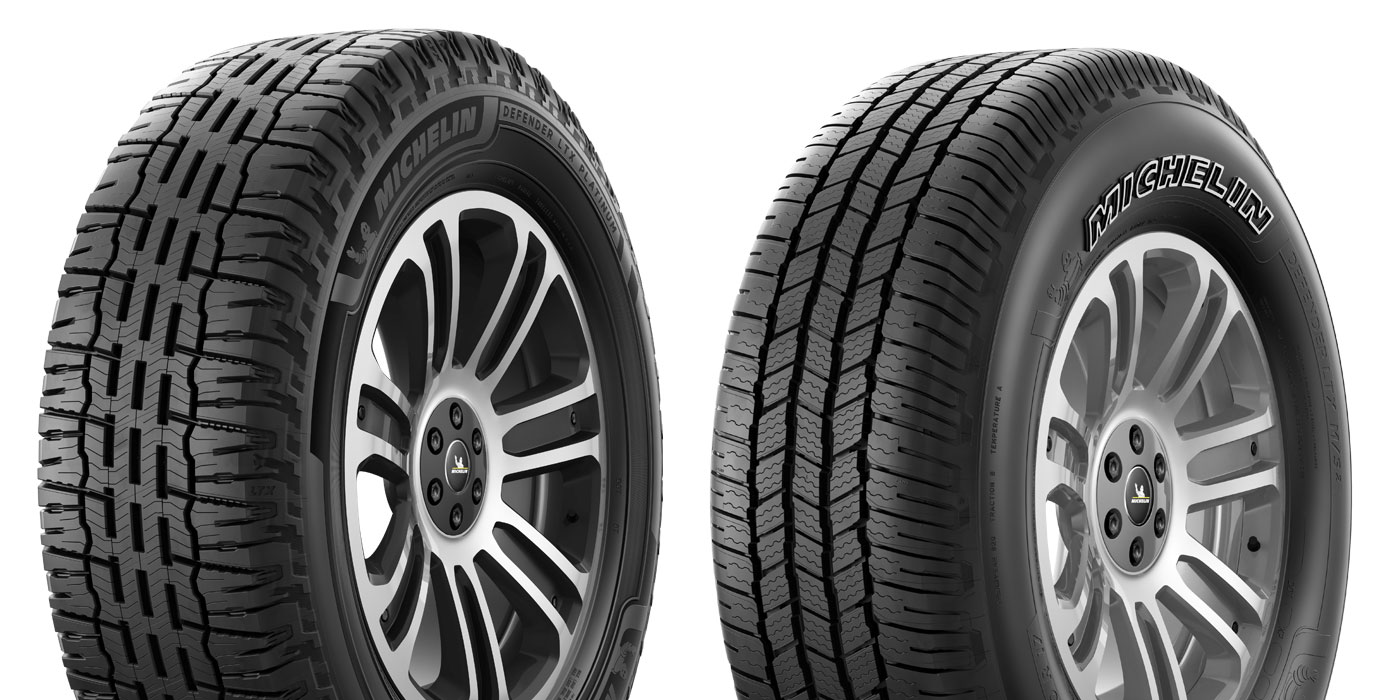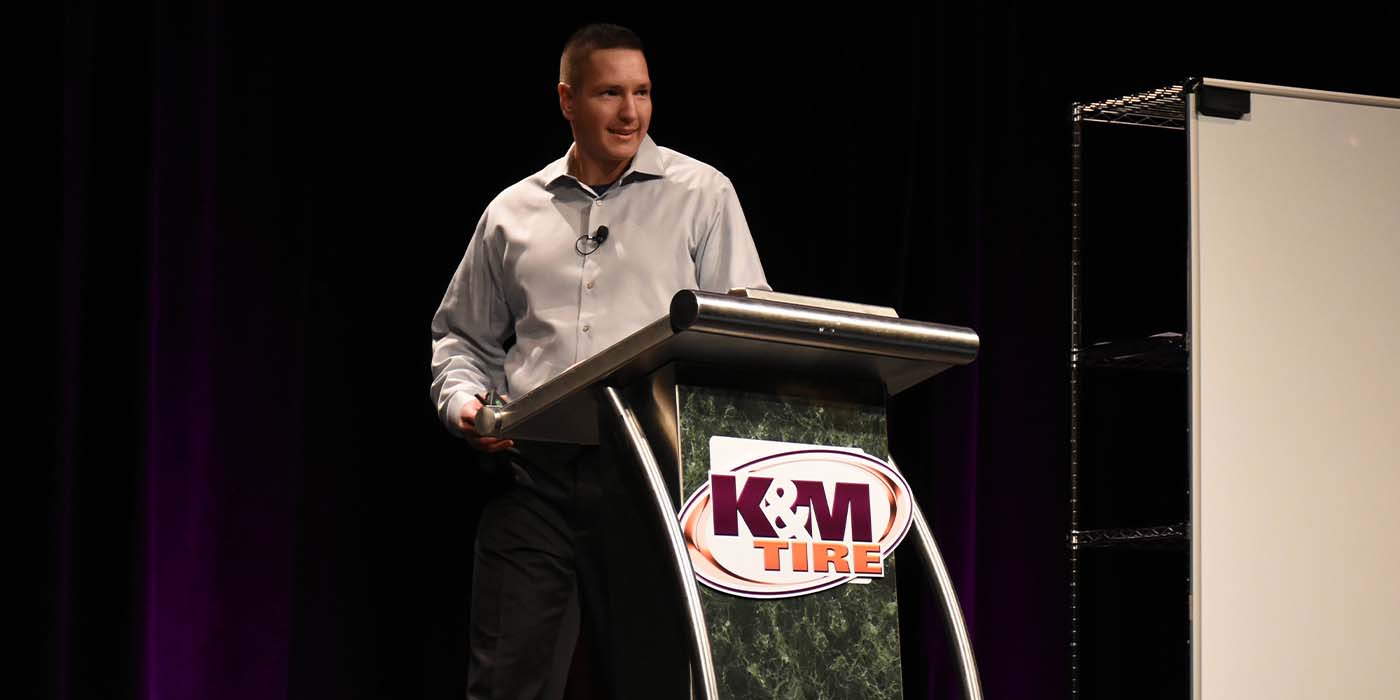The high-powered Cummins engine on one of the most popular Class-8 trucks clocks in at 80,000 lbs. of pure Detroit muscle and dominates with nearly 600 horsepower and 2,000 lbs. of torque. With such power, that truck—the Freightliner Cascadia—relies on eight points that connect it to the road through the drive tire position.
Today’s fleets rightly demand more from their equipment and tires than ever before, and tire manufacturers have stepped up to meet those demands with newer, more innovative and increasingly capable products.
In this article, we dive into the importance of commercial drive tires and the critical role they play in keeping America moving forward. We also take a look at some of the latest innovations from tire manufacturers that relate to the drive position.
“For simplicity, we can look at three major performances that customers value and expect from their tires: traction, wear life and fuel economy,” says Sharon Cowart, B2B product marketing director at Michelin North America. When executed correctly, this trifecta of product features can lead to long and consistent tread wear, significant fuel savings to the fleet and repeat business for dealers.
Fuel Efficiency Matters
Given that the drive tire position accounts for roughly 30-40% of total fuel consumption from tire position, tire manufacturers say, it should come as no surprise that many fleets prioritize fuel economy, particularly in the drive tire position. Whereas a typical commercial tire setup may achieve somewhere in the neighborhood of 6.0 mpg, a fuel-efficient tire compound setup is likely to achieve around 6.3 mpg.
Additionally, for every 8% reduction in rolling resistance, a fleet can expect about a 1% improvement in fuel savings. Taken alone, that may not seem significant. Until, of course, we recognize that most Class-8 trucks travel between 100,000 and 200,000 miles per year, according to the U.S. Department of Transportation.
These potential and very realistic fuel savings alone are appealing to fleets.
“That is why we are always innovating and advancing tire performance across a variety of criteria, including durability and fuel efficiency,” says Matt Schnedler, senior product manager for Truck and Bus Radial (TBR) at Bridgestone Americas. “It’s not just one attribute, but the delicate combination and balance of many that allows us to deliver long-lasting wear while also providing the fuel economy and traction needed for a drive tire in today’s demanding environment.”
Schnedler says one example is Bridgestone’s M713 Ecopia that combines the company’s proprietary IntelliShape sidewall to reduce overall tire weight with its Fuel Saver Sidewall compound and a NanoPro-Tech polymer to reduce energy loss resulting from increased friction and rolling resistance.
Cowart says Michelin’s X Line Energy D+ tire not only delivers fuel savings, but also traction for driver confidence, calling it the tiremaker’s “most fuel-efficient drive tire for long haul.”
Helmut Keller, Continental’s head of brand and product management, says Continental takes into consideration all facets of performance when developing drive tires, and that mileage and fuel efficiency, as well as traction and durability, are all important aspects of any drive tire product offering.
Traction and Tread Life
Mileage directly correlates to tread life, and a quiet competition exists among manufacturers for tires that can go that extra mile. Continental and other tiremakers are achieving this through innovations in the tread, both in the compound and design.
“The majority of our long-haul drive tires feature a closed shoulder tread pattern and utilize compounds that deliver both high mileage and low rolling resistance,” Keller says, noting that “deep-lug 32/32” of tread on Continental’s HDL2 DL allows the tire to provide long miles to removal while its wide closed-shoulder design and multiple tread blocks offer traction throughout the life of the tire.
Mileage directly correlates to tread life, and a quiet competition exists among manufacturers for tires that can go that extra mile.
He adds: “Regional drive tires usually feature an open-shouldered tread design utilizing compounds that deliver high mileage as well as cut/chip/chunk resistance due to use within on/off road, high scrub applications.” Drive tire tread patterns are also designed to reduce stone retention, allowing for multiple retreads.
Of course, different applications for drive tires require different features and constructions based on the specific fleet needs, but, across the board, traction in all weather conditions is key. Cowart says Michelin achieves this through “innovative options” in its toolbox, such as Matrix 3-D siping to add biting edges, different shoulder designs (open or closed) and regenerating tread features that deliver traction late in life.
“Wear life is a big component in the drive tire purchase. Customers want to make sure they are getting the maximum value for their investment, which means more miles of safe driving on the first life of the tire before retreading,” Cowart says.
One component that helps with this is the tire’s siping. Advancements in siping have become a critical component in allowing tire manufacturers to balance fuel efficiency with traction throughout the lifecycle of the tire.
Schnedler says advanced 3-D siping in Bridgestone’s M713 Ecopia provides 130% more biting edges, which help increase traction across many road and weather conditions.
While fleets reap the benefits of these innovations, they do come at a cost, with many of the latest premium drive tires approaching $600 a piece, including federal excise tax.
However, your fleet customers are demanding more miles to removal than ever before. With tire manufacturers responding with advanced product features like deeper treads, advancements in tire compounding, and a focus on casing construction, along with innovative retread options, you’ll be able to fit them with a tire that delivers the drive tire trifecta for repeat business.

